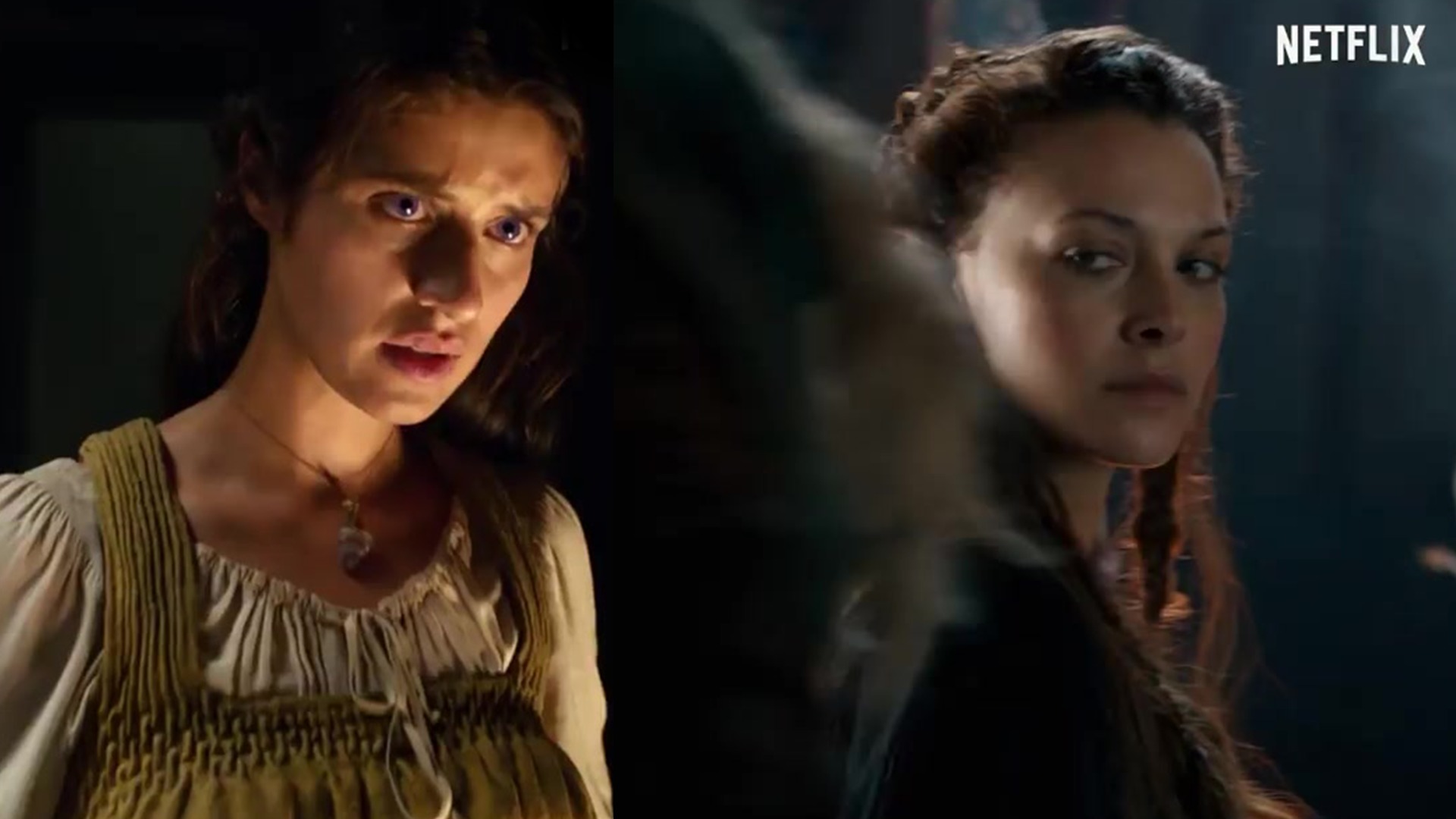
Here are the three main disadvantages of frame-by-frame animation: This is largely due to the work of industry-leader Disney Studios throughout the 20th century, who based every production in a fantasy-like world. Traditional animation in particular has strong connotations with magic & fantasy. This is slightly harder to achieve within digital animation, which is largely reliant on physics and mathematics to create realistic motion sequences. When working with hand drawn or stop motion animation styles, an animator will likely apply their own artistic style to the project, resulting in a creative and distinct-looking animation. Here are the three main advantages of frame-by-frame animation:Īs frame-by-frame animation dominated much of the 20th century, it serves as one of the most recognizable and beloved forms of animation.Īlthough no longer the required method of producing animation, many studios still produce frame-by-frame animation to provide projects with a nostalgic and fantasy-like flavor.Ĭreative control is arguably the greatest benefit of frame-by-frame animation.įrame-by-frame animation is built on strong creative & artistic skills, offering far greater scope for artistic freedom by the animator. Rotoscope animation came to prominence throughout the 1920’s, with many animation studios using the technique to save time & produce realistic-looking animations. This not only saves a significant amount of time when animating by-hand, but also results in a more realistic sense of movement in the finished product. Rotoscope animation is a type of 2D animation where animators trace over live action footage frame-by-frame. A stop motion production that exclusively uses plasticine models is known as Claymation. This is done by incrementally moving the objects in-between frames.Īlthough any type of inanimate object can be used for stop motion, plasticine models are most-commonly used due to their flexibility of movement.

Stop motion animation is a technique used to give inanimate objects the illusion of movement.

It served as the dominant form of animation for most of the 20th century.Īs each frame must be drawn entirely from scratch, it’s incredibly time-consuming and requires a high-level of artistic skill to produce. Traditional animation (also known as cel animation or hand-drawn animation ) is 2D animation that’s drawn by-hand, one frame at a time. The pages are then flipped through rapidly in order to create the illusion of a continuous motion sequence. This is where each frame is drawn on a separate page of a book. There are four main types of frame-by-frame animation:įlipbook animation is the earliest and most simple form of frame-by-frame animation. The term originally derives from footage originally being recorded to a strip of photographic film (which looks like a large sequence of individual images).
#Framebyframe on netflix full
*Frame: One of the many still images that make up a full motion sequence. Practicality: Certain types of animation (such as stop motion or rotoscope ) can only be produced frame-by-frame.



 0 kommentar(er)
0 kommentar(er)
